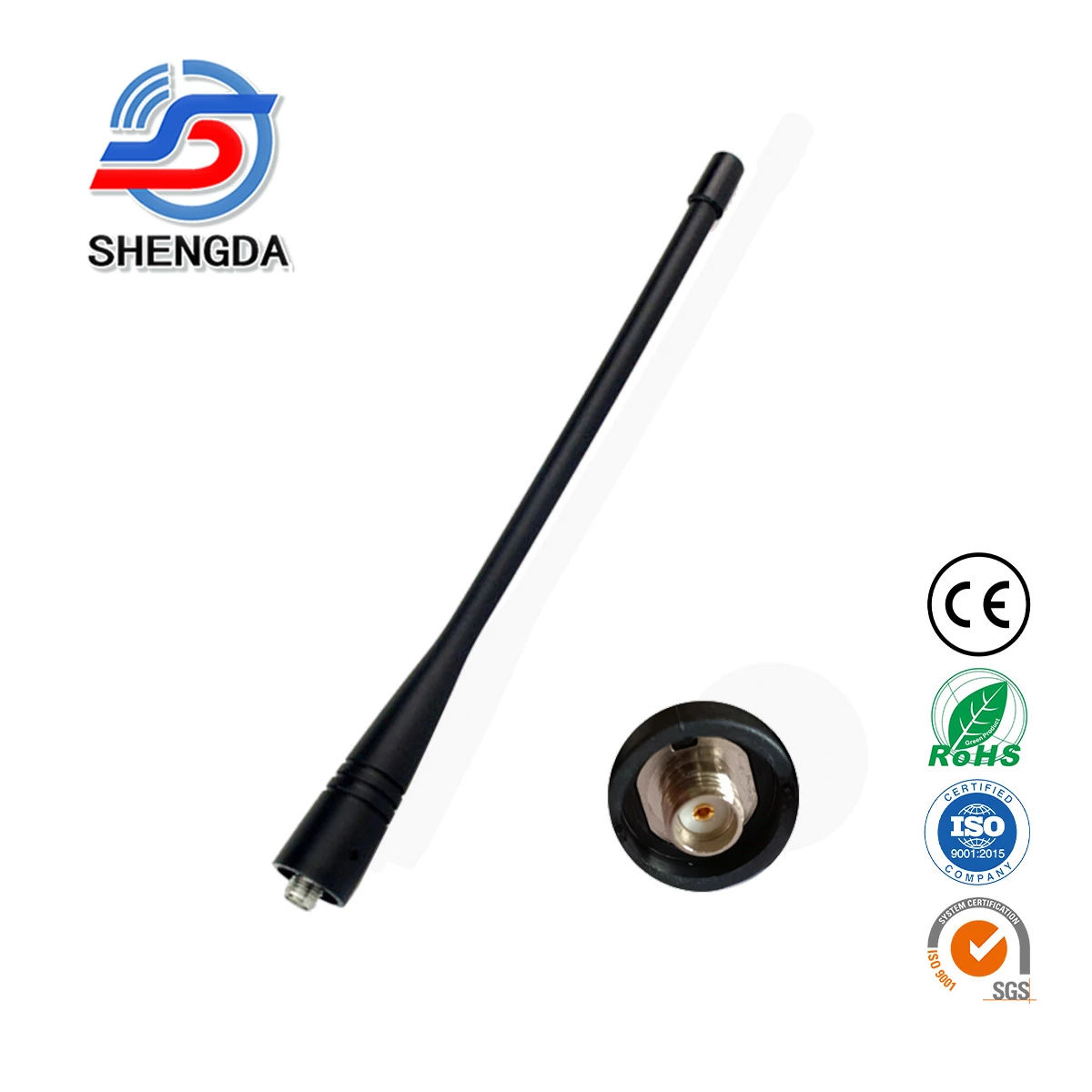Revisiting Those Legendary Radio Devices and Antenna Nights: From Four Channels to Single-Sideband (SSB) — The 50th Anniversary of German CB Radio
# The 50th Anniversary of German CB Radio — From Four Channels to Single-Sideband (SSB)
By: Christoph Bläcker
A History Filled with Freedom, Technology, and the Spirit of Community
On July 1, 2025, German CB Radio will mark the 50th anniversary of its legalized communication. With the internet entering homes, it may seem like a nostalgic hobby to many, but in the 1970s, it was a small revolution: suddenly, everyone could start using radio—no exams, no licenses required, yet a few regulations had to be followed. CB Radio has seen a global resurgence in the number of radio enthusiasts, not just during the COVID-19 pandemic. This is more than enough reason for us to look back on this wonderful history filled with technology, freedom, and community spirit.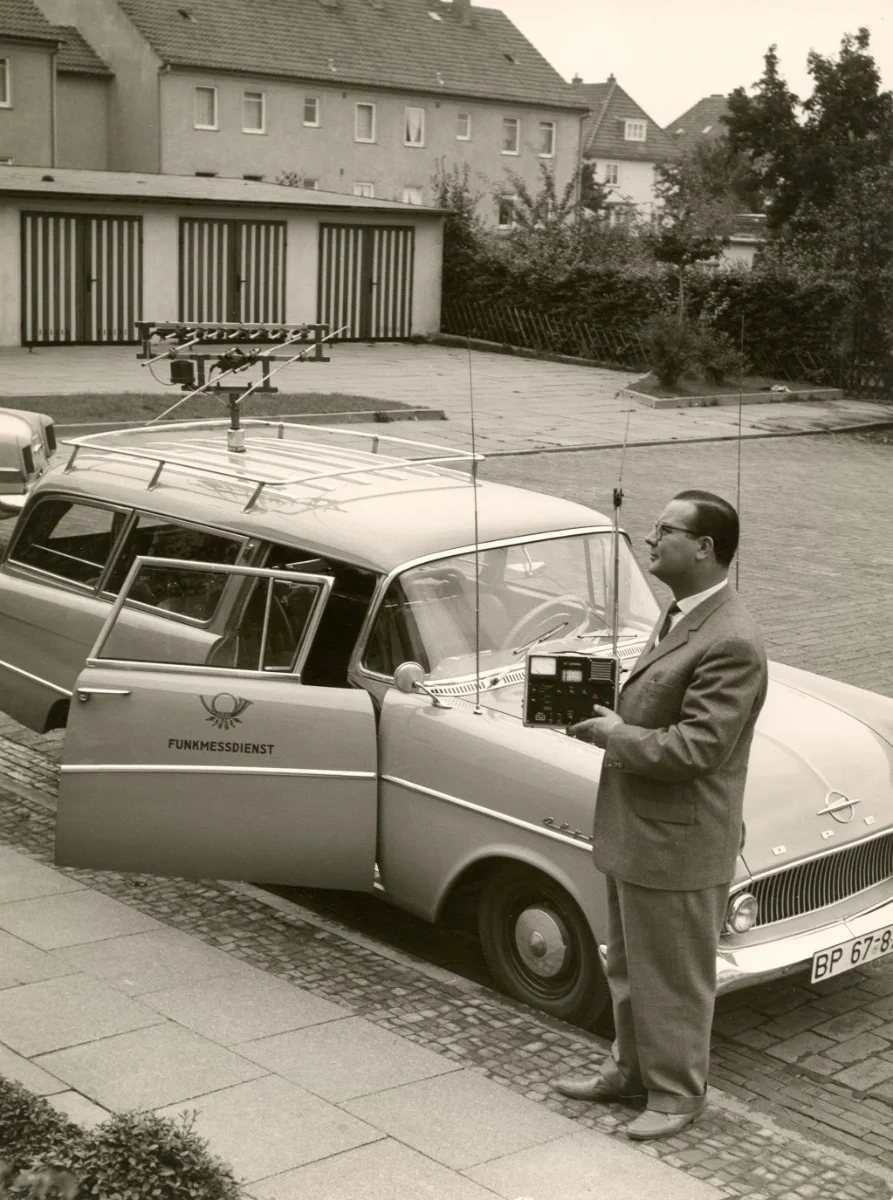
Image: © CC BY SA 4.0 Foundation of the Frankfurt Museum of Post and Telecommunications
The Origin of German CB Radio
The history of CB radio officially began on July 1, 1975, when the then Federal Ministry of Post and Telecommunications (referred to as "Deutsche Bundespost" for short) opened 12 channels (channels 4 to 15) in the 27 MHz frequency band. These so-called "frequencies accessible to everyone" could be used without an amateur radio license, but only with specially approved equipment, and the transmission power was fixed at 0.5 watts. Each of these channels had a clear definition, and the equipment was also required to bear the certification mark of Deutsche Bundespost.
There was a very practical background behind the opening of these channels: in an era without mobile phones and the Internet, people were looking for a simple and cost-effective way to enable citizens to communicate over short distances—for example, for traffic coordination on construction sites, agricultural coordination, or use in small businesses. But soon, many individuals also discovered this new medium.
Distinctive communications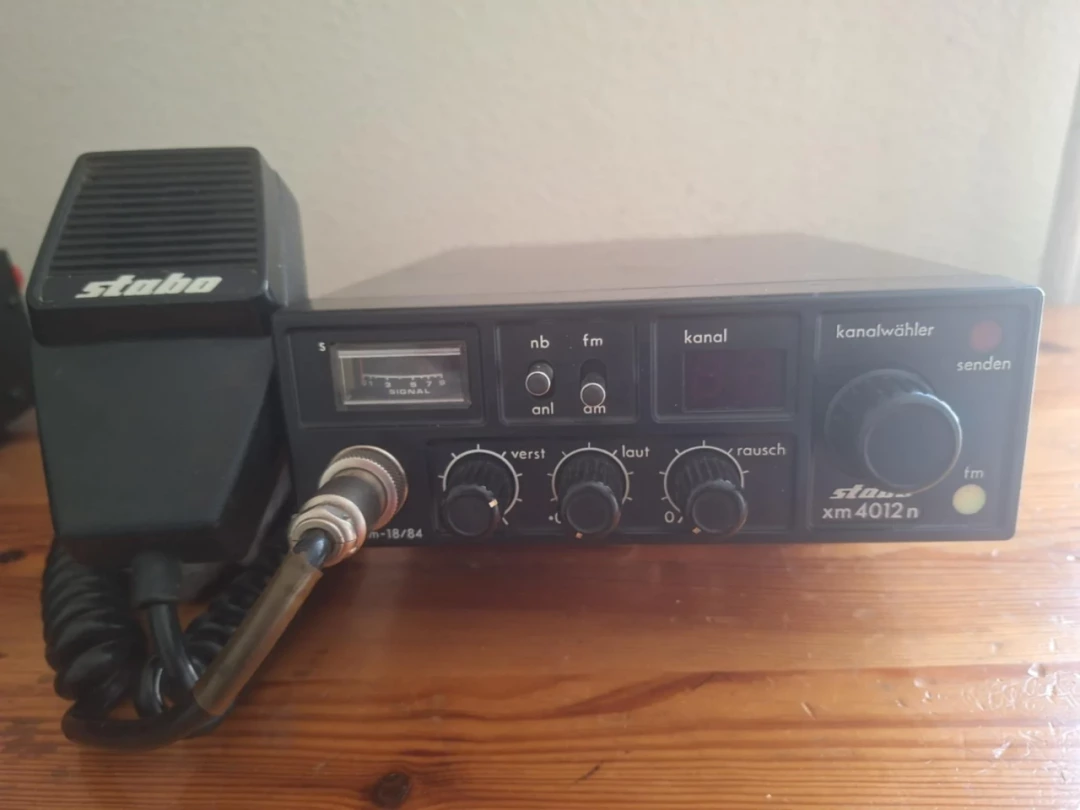
From the very beginning, CB radio has served a variety of purposes: used as a fixed device at home, equipped with a large antenna and power supply; as a mobile device in cars, fitted with a magnetic-base antenna; or employed during long-distance truck trips. CB radio quickly became an indispensable tool for long-haul drivers. Since then, people have used the 9 FM channel to report traffic jams, notify others of accidents, or discuss checkpoint situations. Yet the social aspect also played a crucial role: chatting with colleagues made long journeys less tedious, and radio enthusiasts formed friendships, some of which have lasted for decades.
Fixed devices provide better coverage through large antennas and are often upgraded with homemade accessories. Due to limited space, mobile devices in cars are more compact but usually less powerful—ideal for communication during short trips, convoy travels, club outings, or holiday trips. For decades, CB radio has been almost a standard piece of equipment in trucks—it has its own radio jargon, fixed channels, and a unique culture, some of which still persists in certain regions to this day.
The first batch of equipment and its characteristics
Most of the first CB radio devices approved in Germany were imported from the United States or Japan and then adjusted to suit the local market. Models such as the President AR-7, Stabo xm3000, and DNT HF-10 were very popular in the early days. These devices were initially quite large and mainly designed for fixed installation in vehicles or on desks. Apart from the relatively low transmission power mentioned above, they were also equipped with simple components and only a few operating controls.
Antennas had to be either fixedly installed or used as mobile antennas with magnetic bases. Since most devices were designed for 12-volt direct current (DC), a fixed power supply was also required—this was a direct result of their origin as radio communication tools in the automotive sector.
Initial costs and requirements
An often overlooked aspect: although CB radio did not require a license, it was not free of charge. Those who used the equipment had to register with the Deutsche Bundespost. Initially, the annual fee was approximately 35 Deutsche Marks, and an additional fee was required if using equipment with AM authorization or more channels (e.g., expanded to 80 channels).
In the late 1970s, the price of an ordinary CB radio device ranged from 300 to 600 Deutsche Marks, depending on the device configuration. Additionally, a practical antenna—costing around 100 Deutsche Marks—and a supporting power supply for fixed operation also needed to be purchased. As a result, the total cost could quickly add up to 600 to 800 Deutsche Marks, which was a considerable investment for many radio enthusiasts.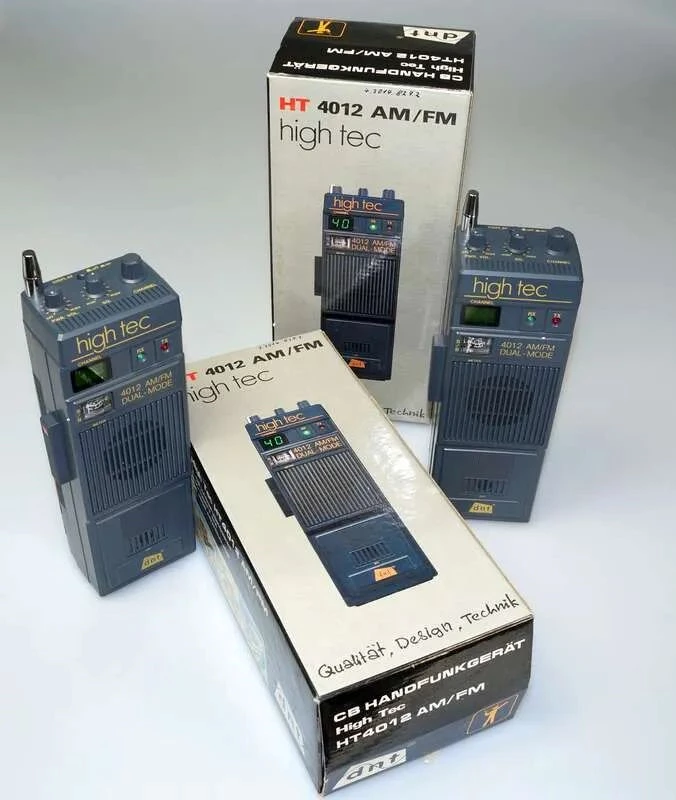
1986 CB Handheld Radio "HT 4012 AM-FM"
© CC BY SA 4.0 Foundation of the Museum of Post and Telecommunications, Inventory Number: 4.2014.829.0
Radio Fox and Music History on Channel 19
The great popularity of CB radio was also reflected in the media.
*Der Funkfuchs* (The Radio Fox) is a series of youth books and radio dramas published by Pelikan AG from 1981 to 1984. The story revolves around four children—Bommel, Merkel, Claudia, and Born—who solve many exciting criminal cases with the help of walkie-talkies. In the process, they frequently find themselves in critical and dangerous situations, which require courage, teamwork, and quick wits to deal with.
CB radio also left its mark in the field of music. Most notably, there is the legendary country song *Teddy Bear* by Red Sovine, which tells the story of a sick boy who makes contact with truck drivers via CB radio. This deeply moving song has become a classic among truck drivers. In German works, such as *Hallo, Buddy* (Hello, Buddy) or *Breaker Breaker*, this theme has also found its place—some times humorous, sometimes serious, but always closely linked to the attitude toward life on the open road.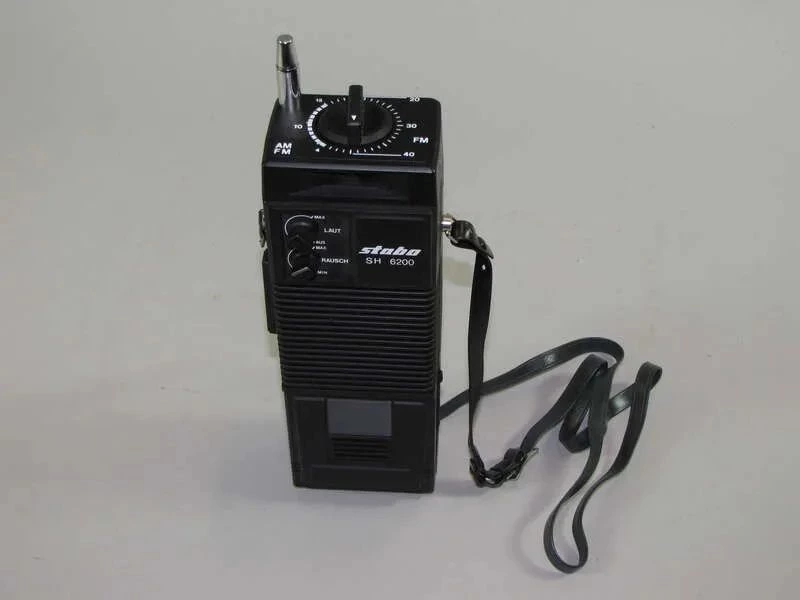
CB Handheld Radio Stabo SH 6200, around 1990
© CC BY SA 4.0 Foundation of the Museum of Post and Telecommunications, Collection Number: 4.2011.22
Functional expansion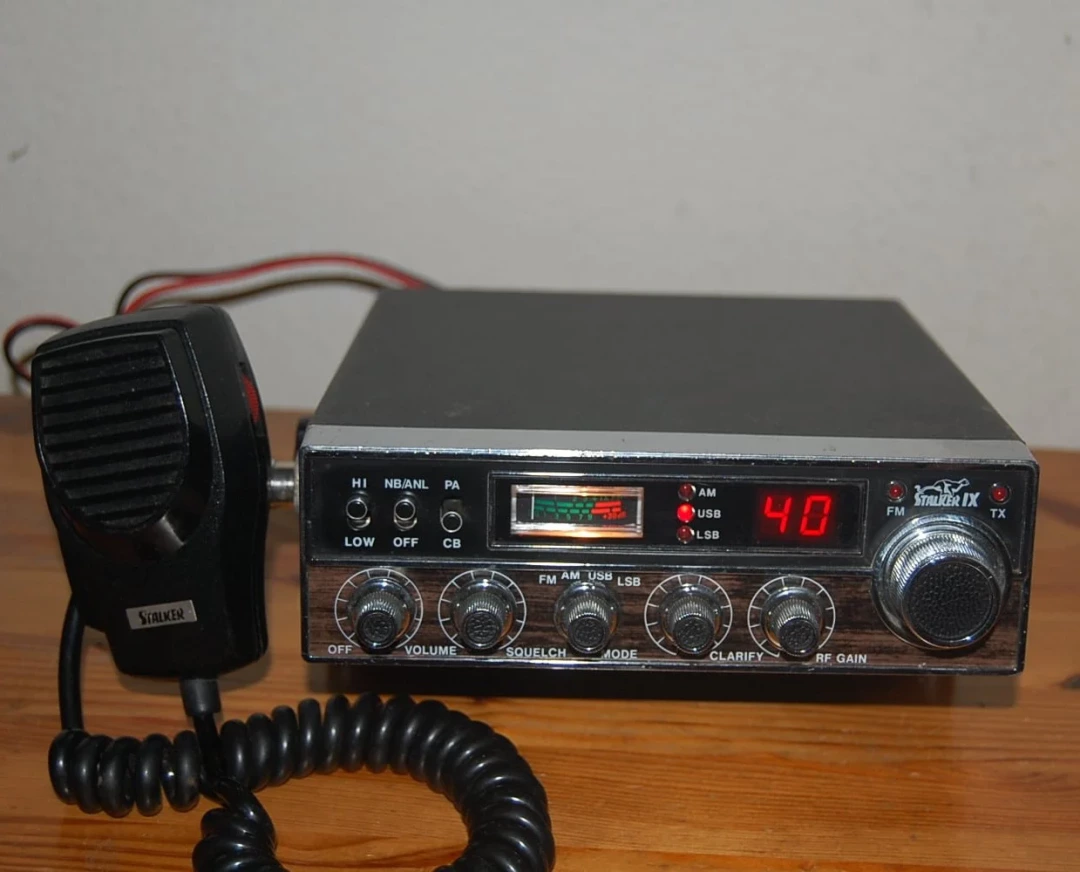
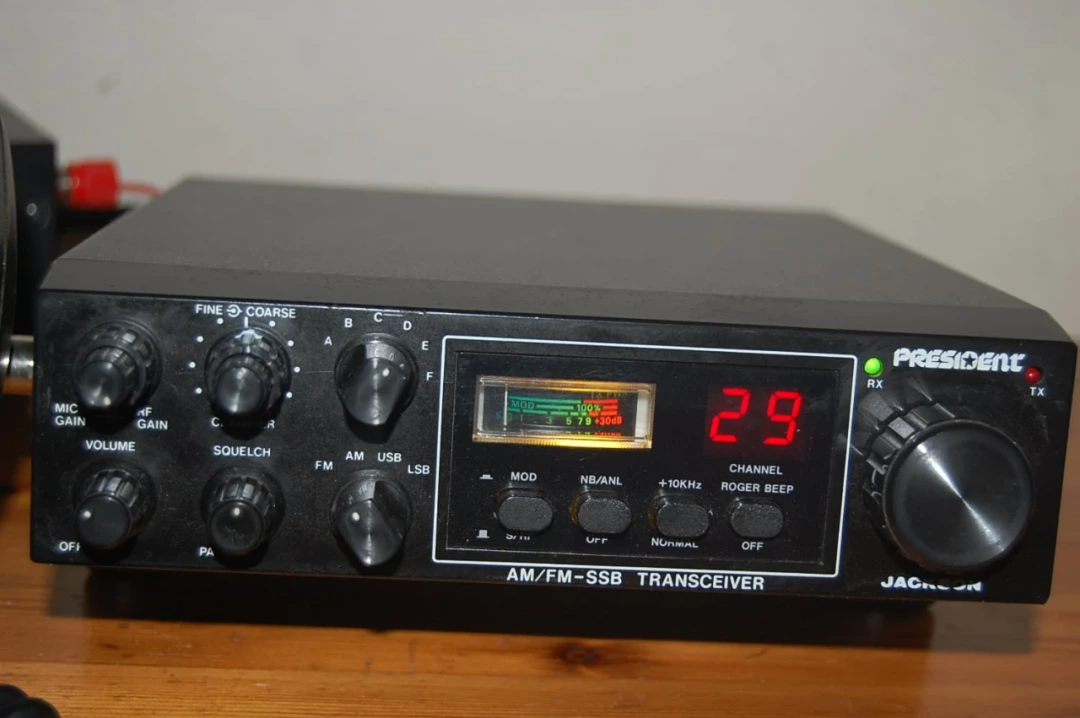
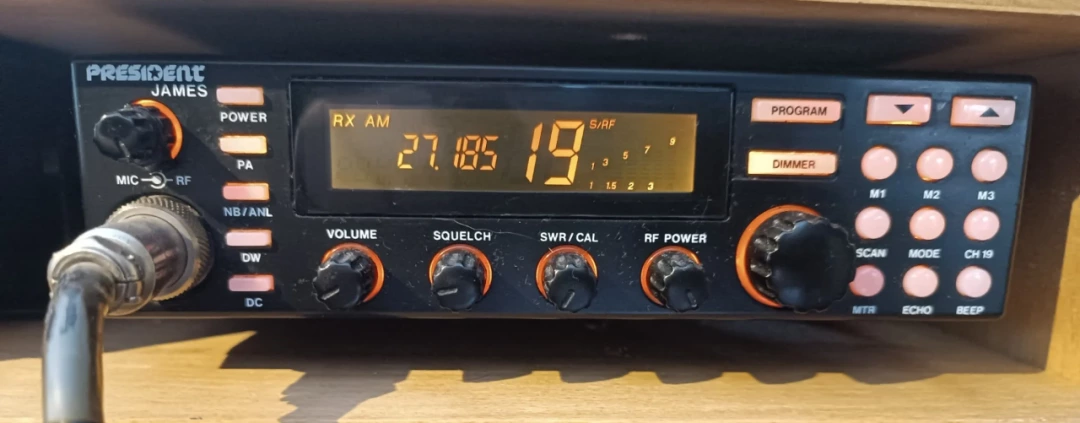
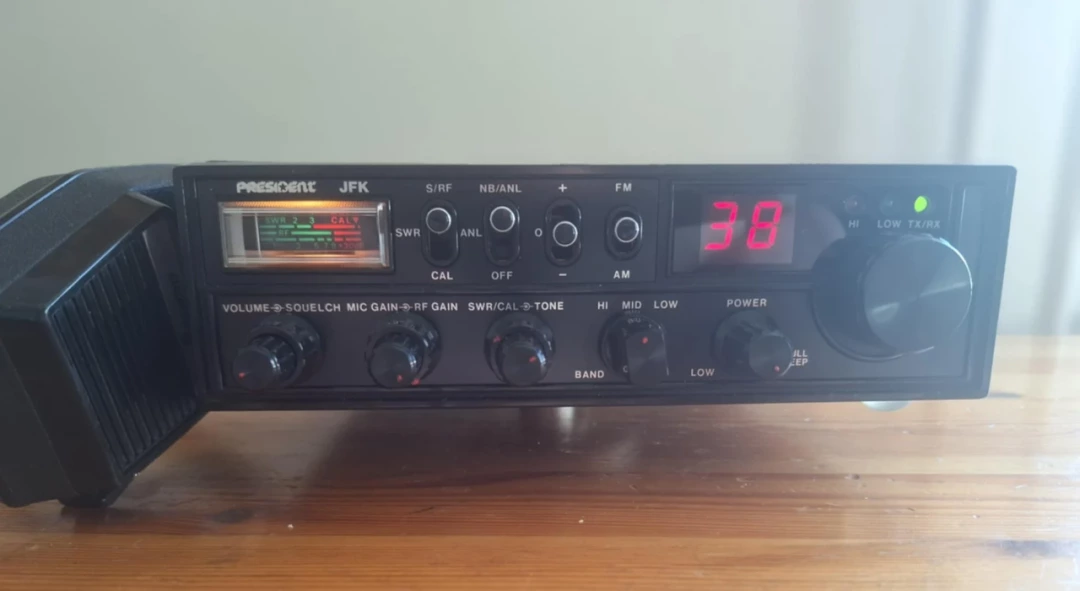

As early as the 1980s, interest in CB radio grew rapidly, and the initial 12 channels soon proved insufficient. In 1981, the range of channels was expanded to 22. At the same time, low-power AM (initially 0.1 watts) was also permitted on channels 4-15. On March 1, 1983, the number of channels was further expanded to 40 (channels 1-40), with transmission power increased to 4 watts (for FM) and 1 watt (for AM).
It was not until the mid-1990s—specifically, under the general allocation in *Amtsblatt* (Official Gazette) 23/1997 dated November 26, 1997—that 80 channels (40 lower-frequency channels and 40 higher-frequency channels) in the 27 MHz band were opened. Initially, only the lower 40 channels were available for mobile operation, while the upper 40 channels were restricted to fixed operation. Today, all 80 channels can be used freely, including for AM, FM, and SSB modes. The maximum PEP power for SSB is 12 watts, and for FM and AM, it is 4 watts.
When "Oma" Roars and "Gilb" Patrols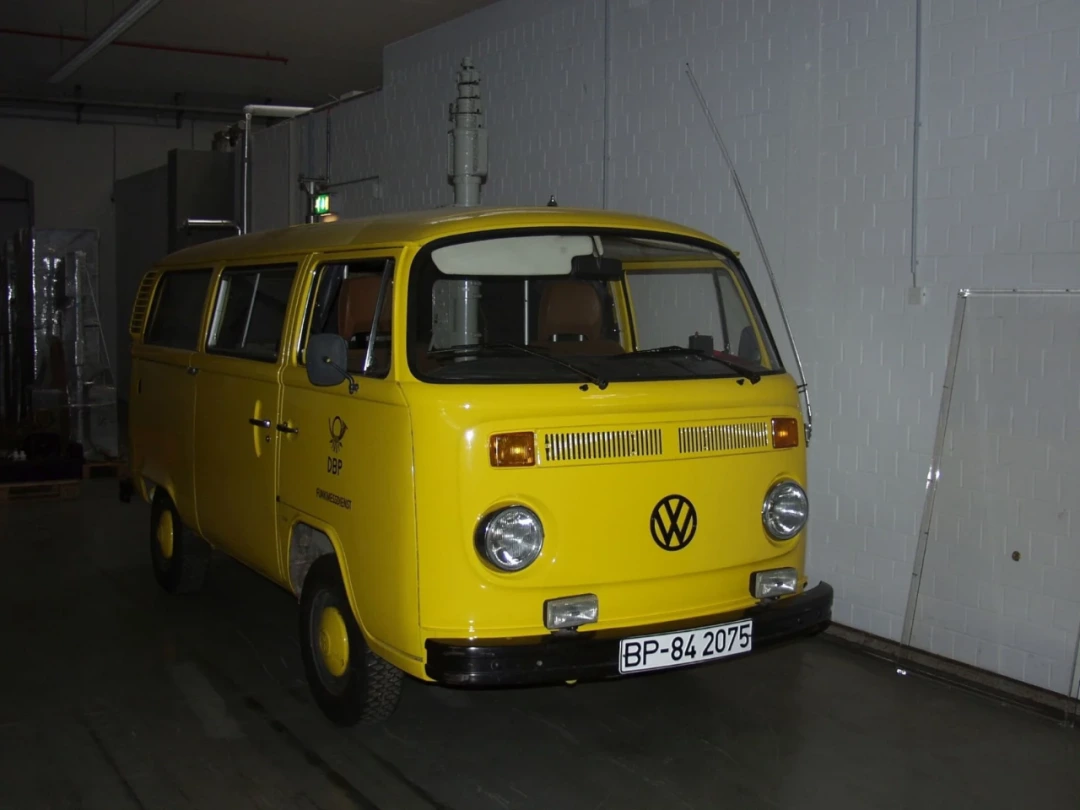
Volkswagen Transporter "Type T2 23" Used as Radio Measurement Vehicle "DA 84" (1980 - 1988) © CC BY SA 4.0 Foundation of the Museum of Post and Telecommunications, Inventory Number:4.0.2062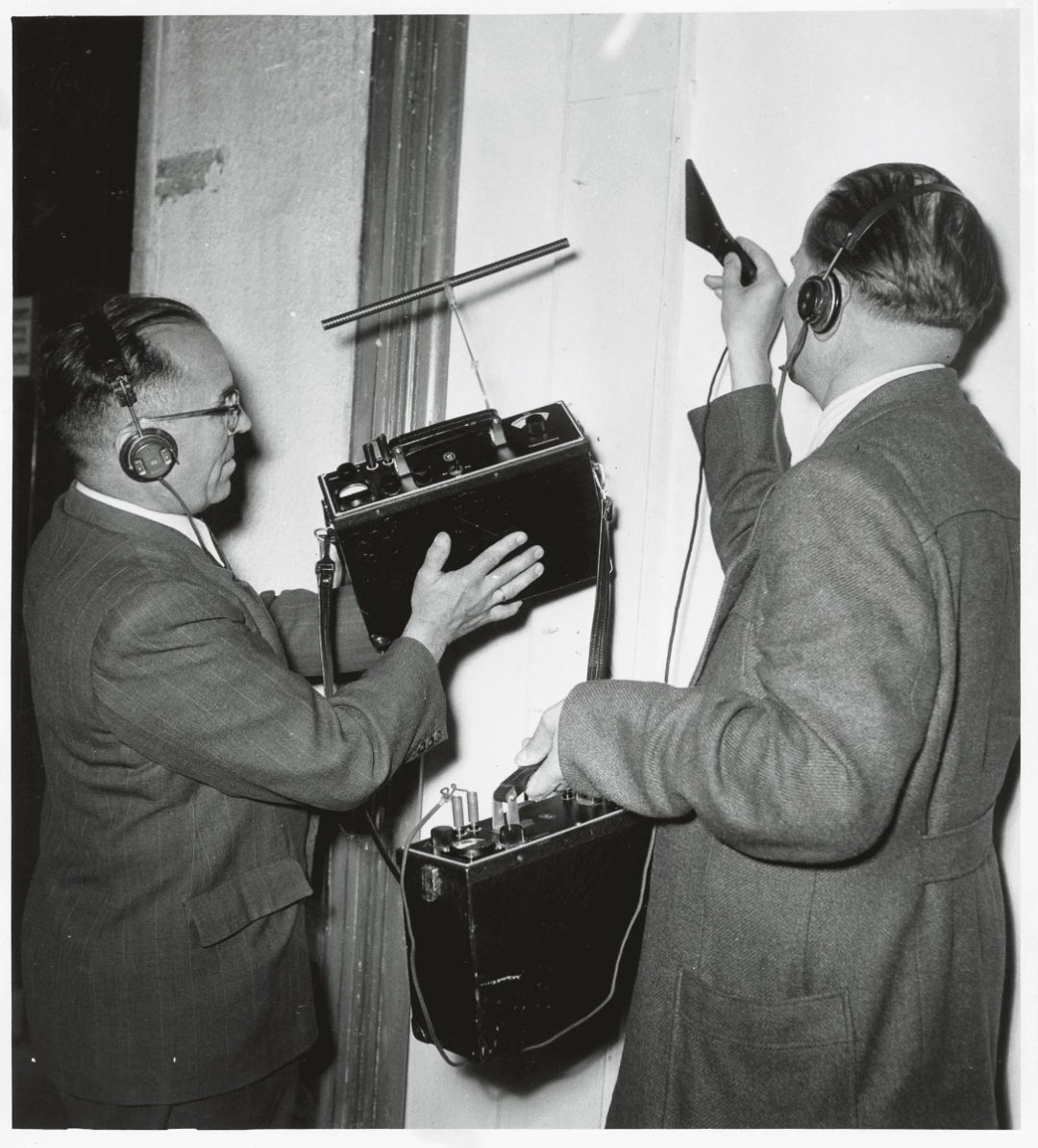
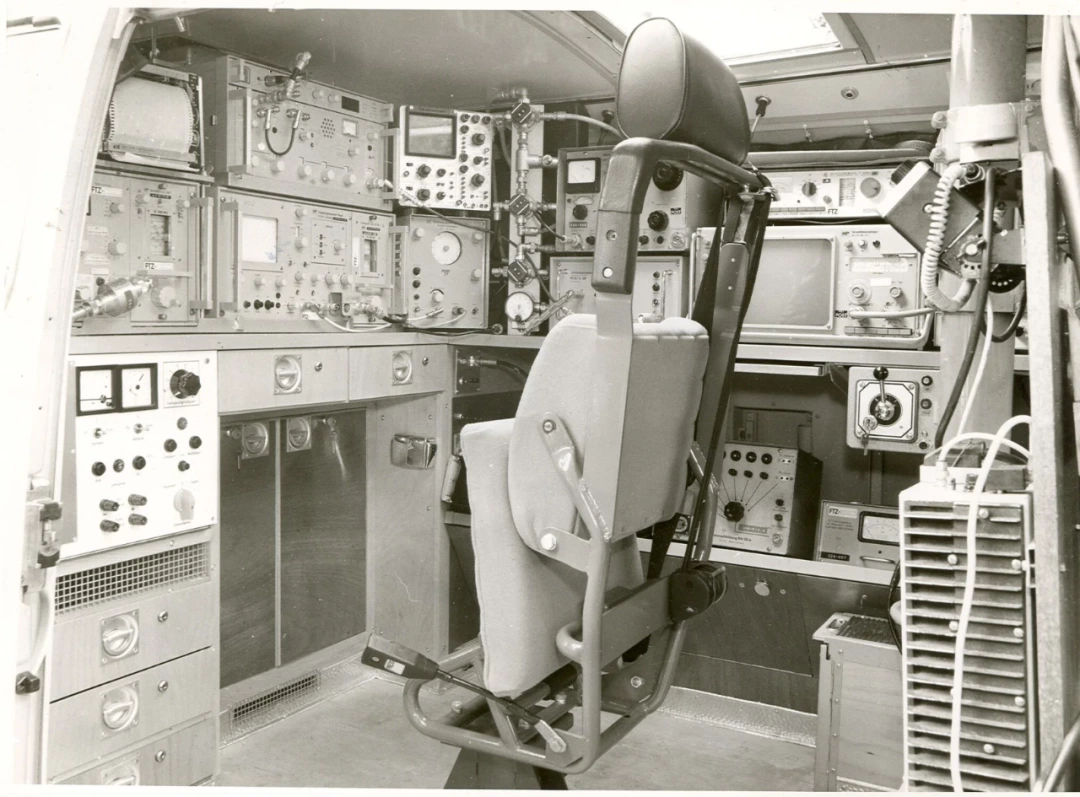
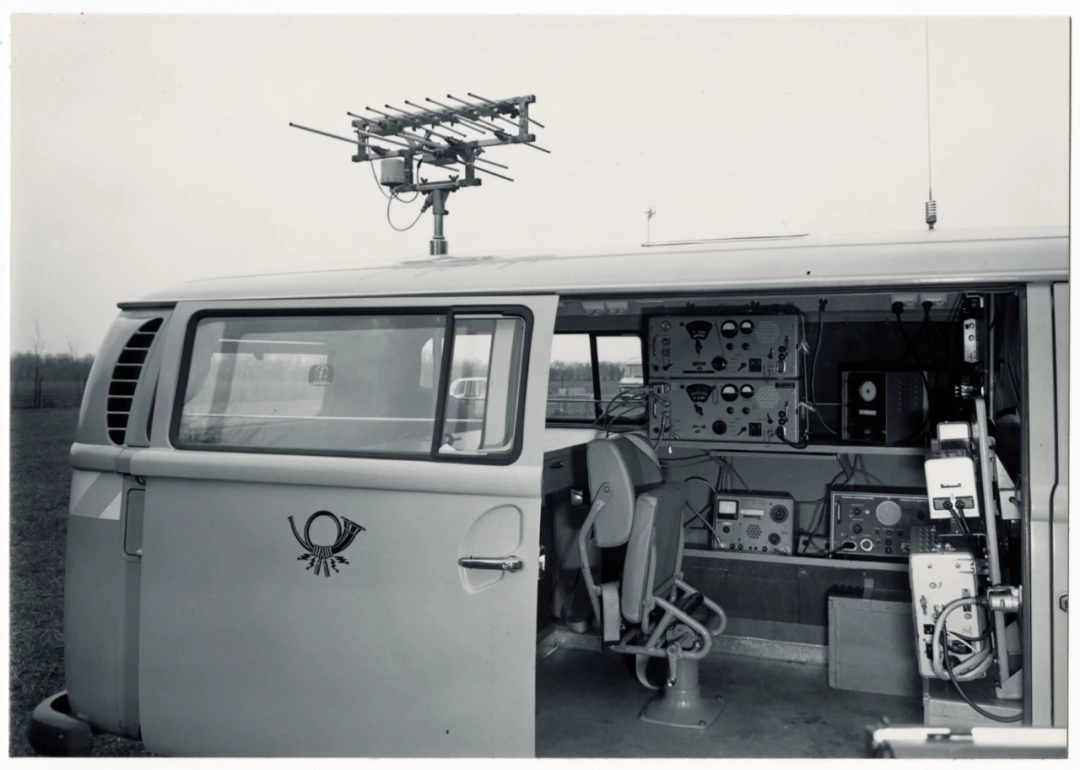

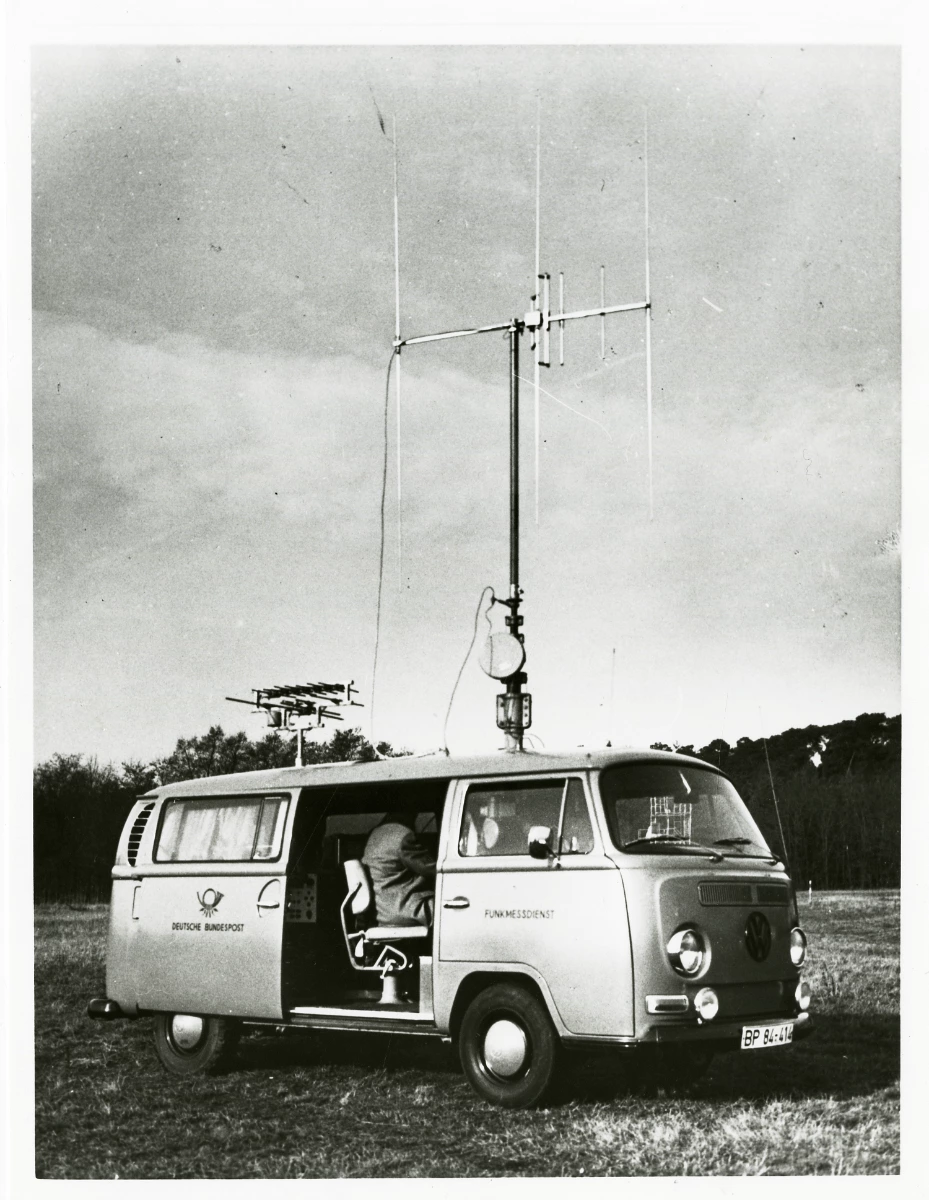
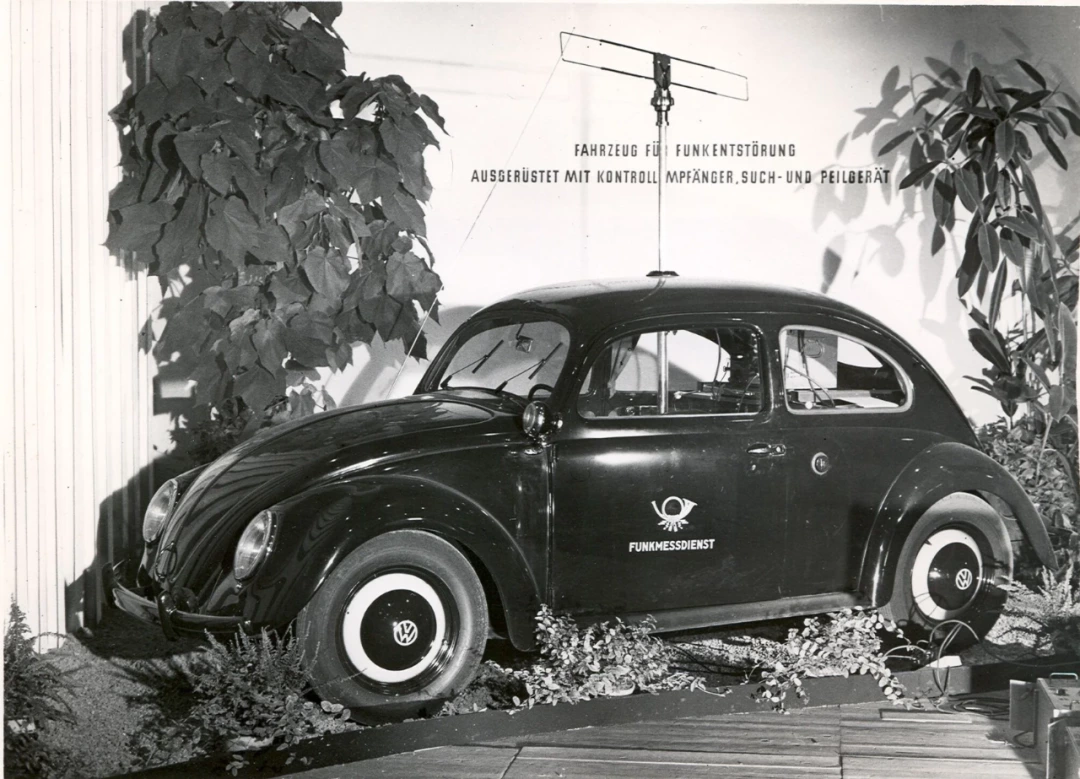
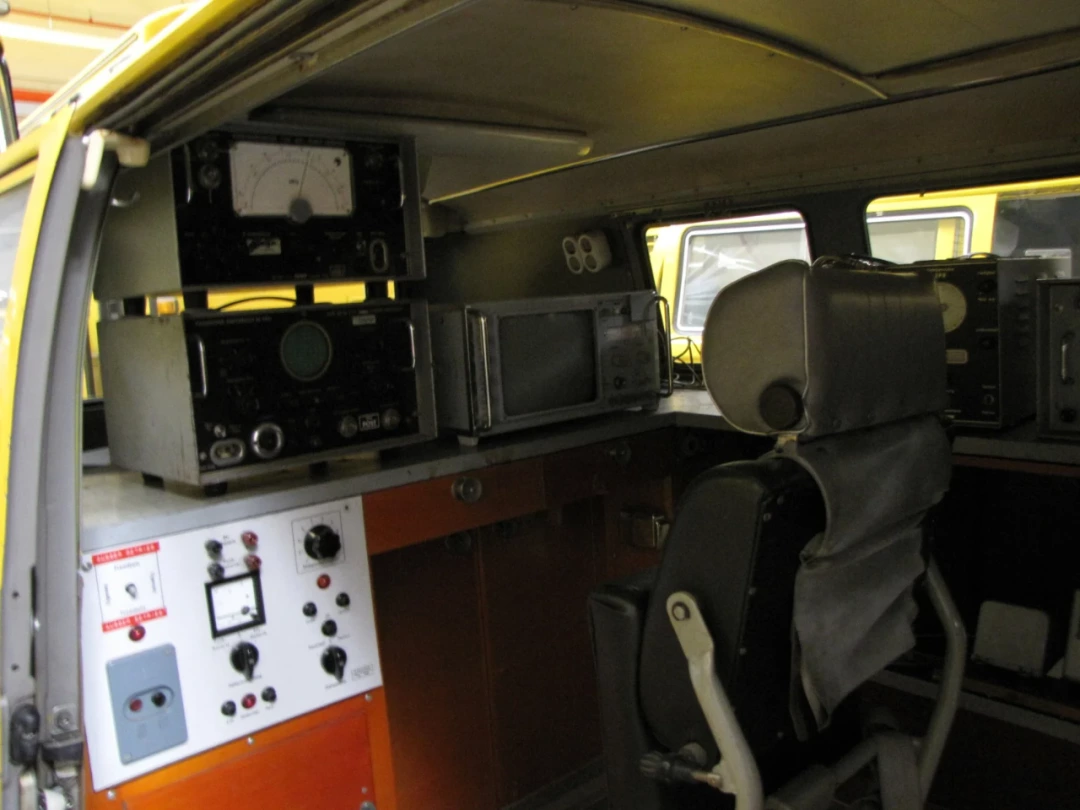
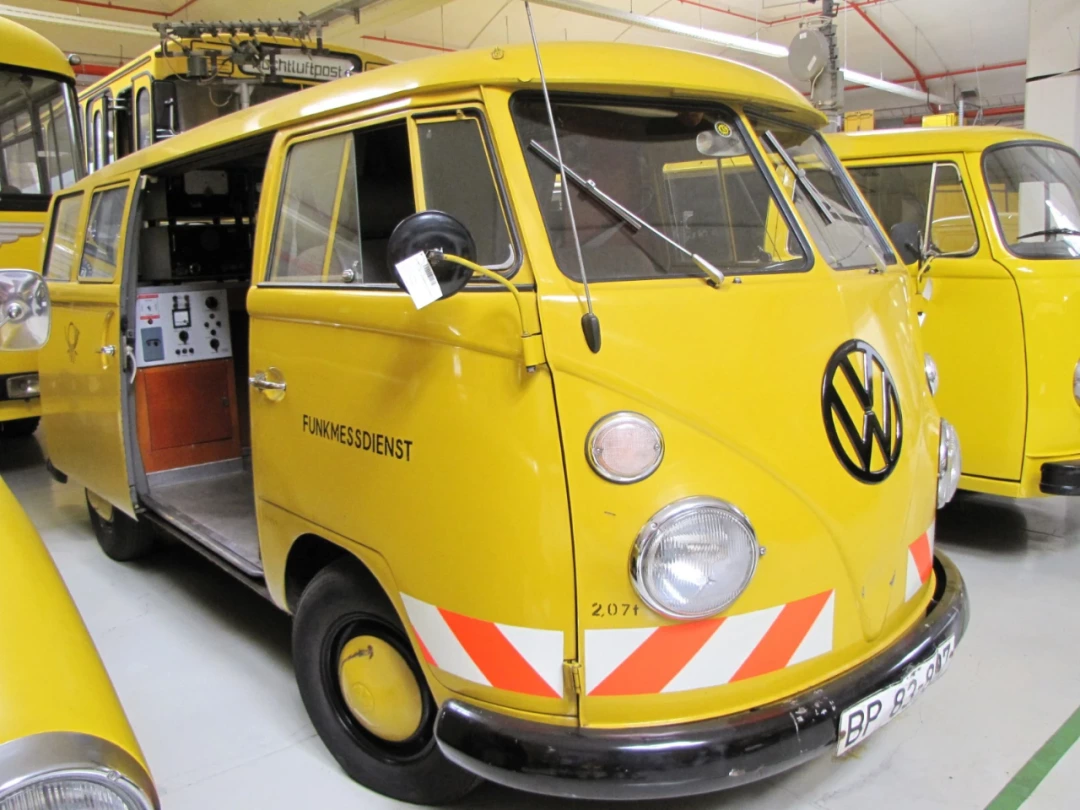
Images provided by © CC BY SA 4.0 Foundation of the Frankfurt Museum of Post and Telecommunications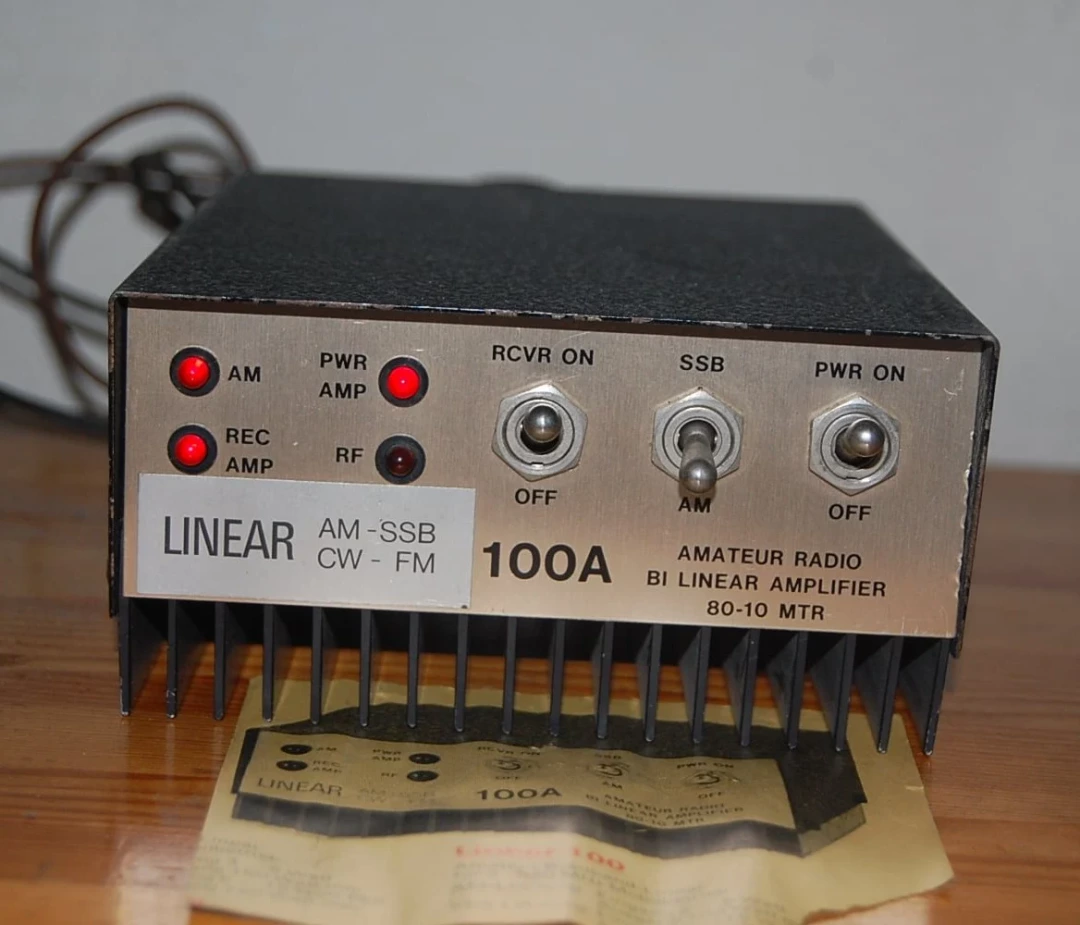
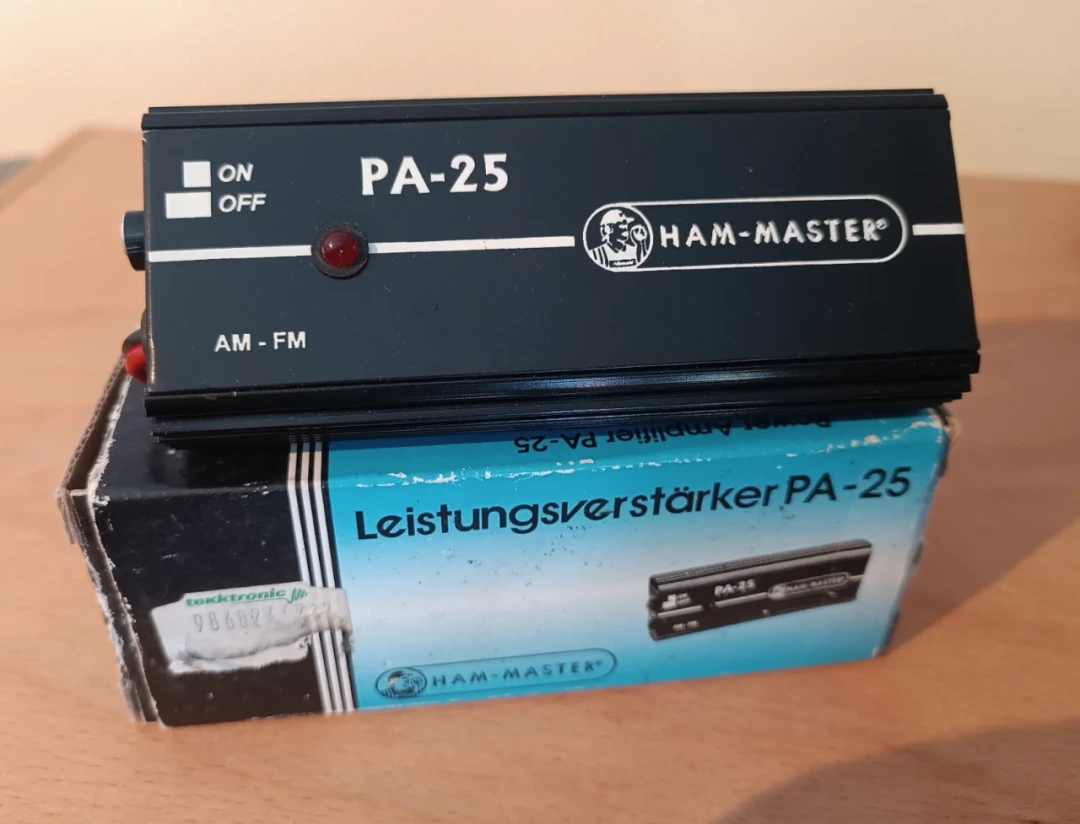

Since the wild early days of CB radio, a phenomenon has persisted: the so-called "Brenner" (burner) — a powerful, often illegal power amplifier that radio operators use to extend their communication range far beyond the permitted limits. If someone had a "Oma" (grandma, a slang term for a high-power illegal amplifier) of 100 watts or more hidden under the table, their voice could suddenly be heard beyond the entire city — but the risks were also great. This was because the Deutsche Bundespost dispatched specially equipped yellow Volkswagen vans, which were affectionately yet fearfully called "Gelbe Karre" (yellow car) by radio enthusiasts. They used sensitive direction-finding technology to locate illegal radio stations, track down interference, and impose fines. As a result, radio enthusiasts quickly learned to stay alert at all times when the yellow vehicles approached. The pursuit of the "yellow cars" became legendary — a thrilling combination of adventure, technology, and rebellion that still influences the fascination with CB radio to this day.
Fox Hunting as a Sporting Adventure Activity (Radio Direction-Finding Activity)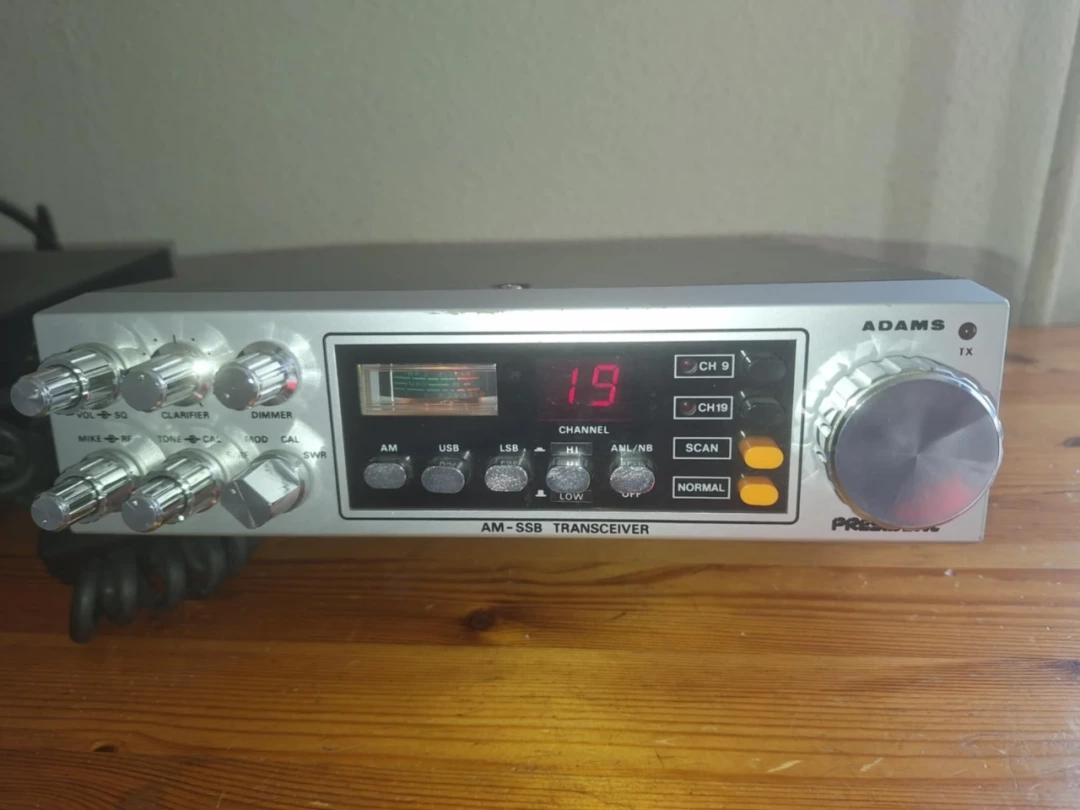
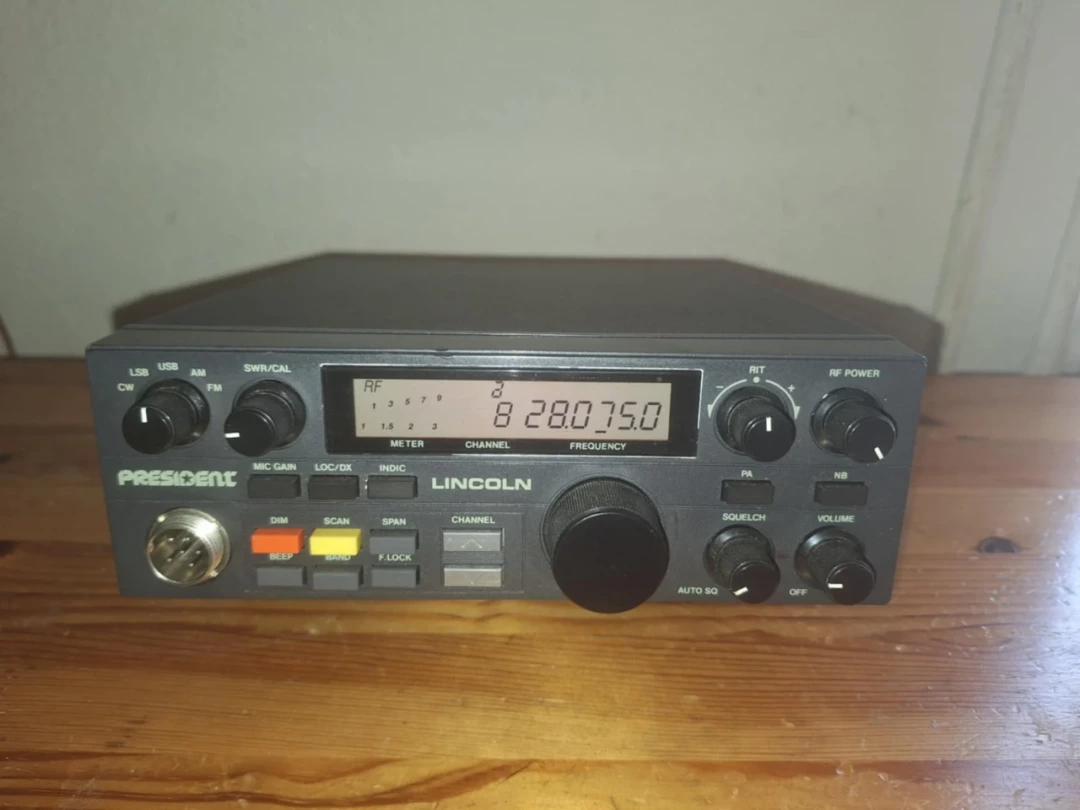
Beyond communication, CB radio also serves as a playground for tech enthusiasts and adventurers. Particularly popular is the so-called "Fox Hunting" — a sports competition where participants must locate a hidden transmitter ("the fox") in the wild. Using directional antennas, direction-finding receivers, and sharp intuition, participants search, often by car and later on foot as well. The fox sends out signals on a designated channel at regular intervals, and the first person to find it wins. These activities are more than just a technical game: they foster community building, creativity, and practical knowledge. Clubs and radio enthusiasts organize weekend-long events, bringing together families, children, and radio fans from across the region. Fox Hunting events vividly demonstrate the vitality and diversity of the CB radio community — and this remains true to this day.
Specialty shops are the core of the circle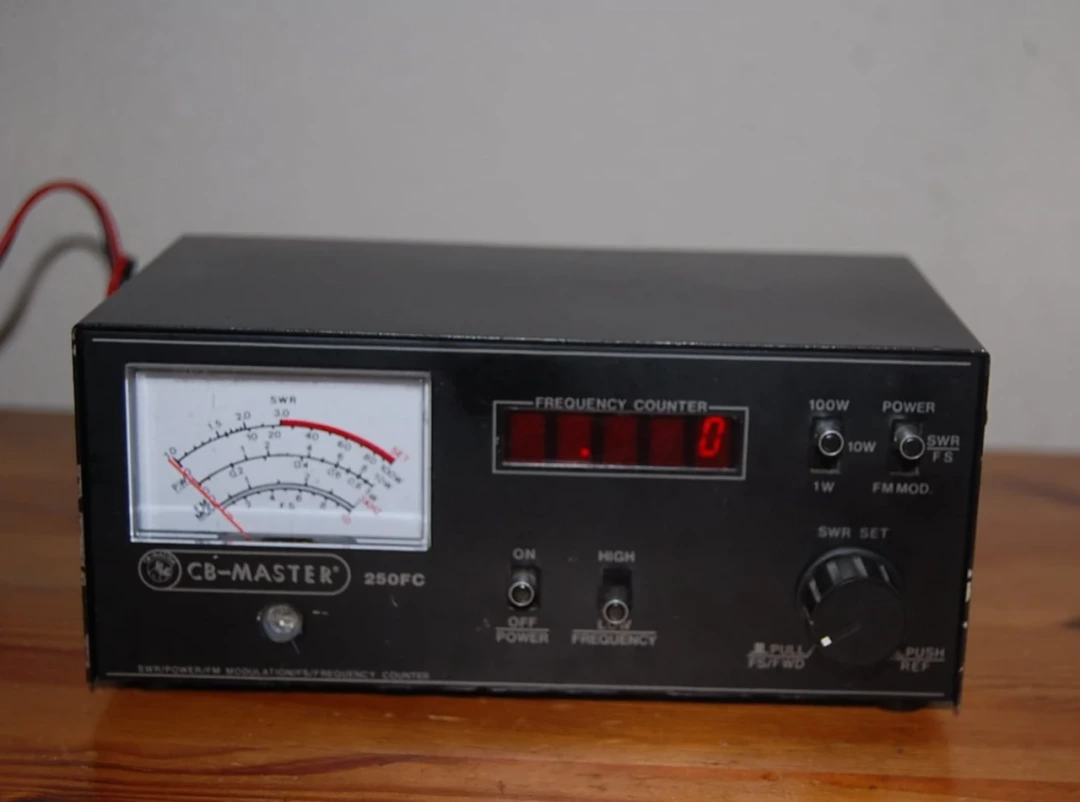
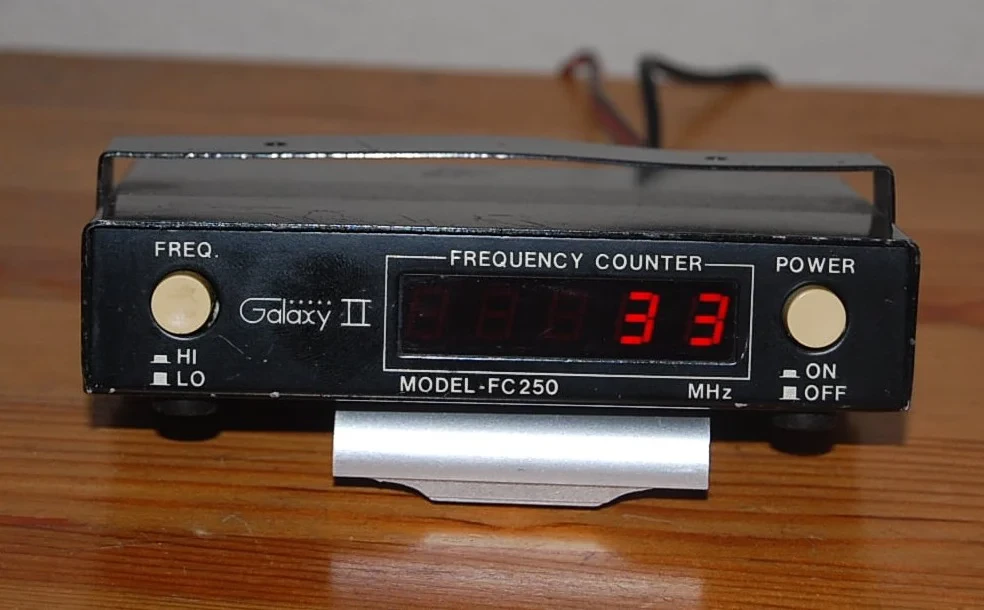
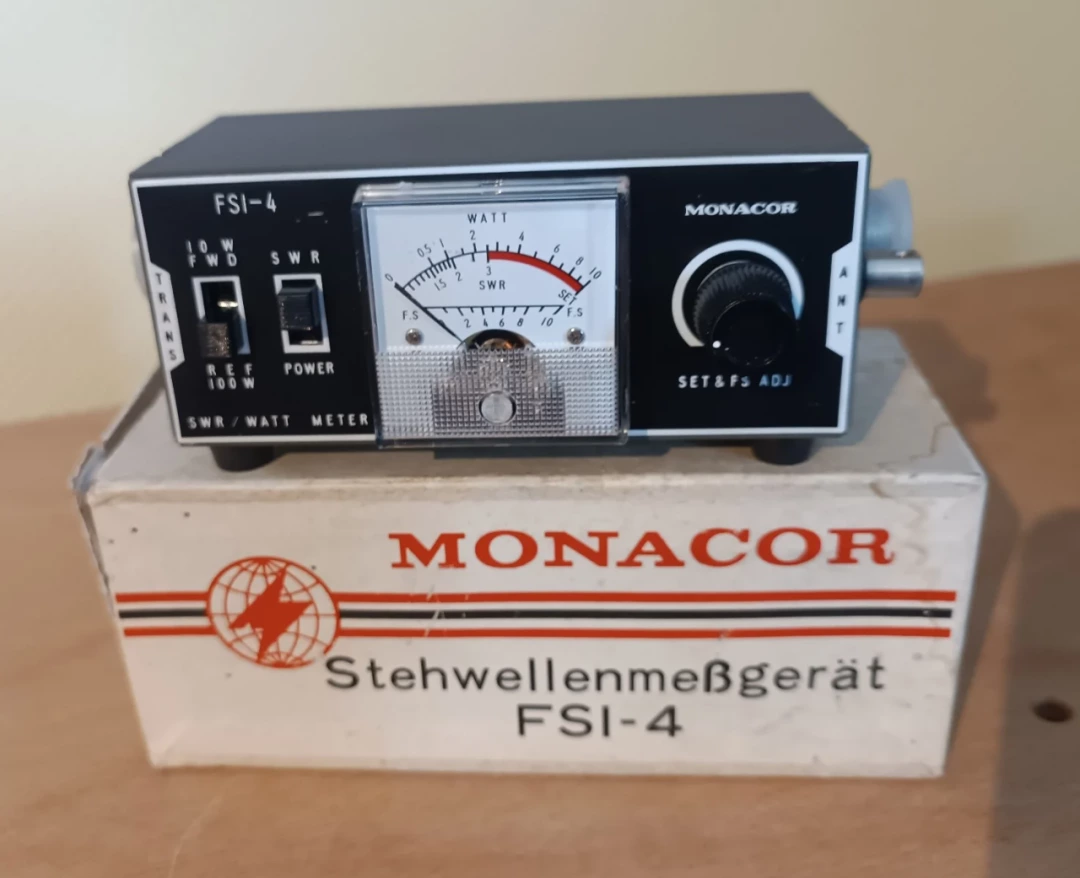
In the 1980s and 1990s, CB radio was firmly rooted in the analog world—and thus in the streets of our cities. Small CB radio shops could be found everywhere, usually with neon-lit antennas in their windows and shelves filled with microphones, SWR meters, radio devices, and connectors. But these shops were far more than just points of sale: they were active meeting places for the community. Teenagers would ride their bikes here to buy cables or ask questions, while outside, radio enthusiasts waited in cars or trucks to chat. People exchanged names, tested equipment on-site in the shop, or tuned in to Channel 9 FM together to get updates on what was happening on the streets. Long before the advent of forums and social networks, these places had already become social hubs. Today, very few of these specialized shops remain—but anyone who ever heard the click of a tiny PTT button in a cluttered CB shop will never forget that atmosphere.
Carrier Suppressors and Alternative Conflict Resolution Methods
When people communicate via radio, there is not only a community but also occasional interferers. Among the most feared are "carrier suppressors" — those who intentionally transmit a continuous carrier signal on a specific channel to block communication. No words, just endless noise — a real annoyance for radio enthusiasts who rely on communication. However, the CB radio community knew how to deal with this. place. This usually meant a calm yet firm conversation among like-minded individuals — not vigilantism, but an attempt to resolve the issue in a simple and direct way before official authorities stepped in. In that era, social control and a sense of community were often more effective than any government agency — and this was precisely the source of the charm and cohesion of the CB community at that time.
Today's CB Radio — More Active Than Ever Before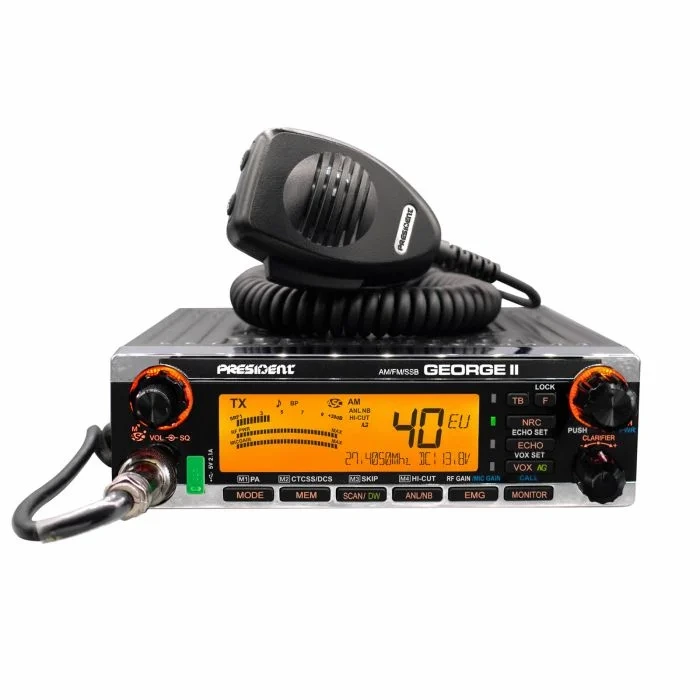
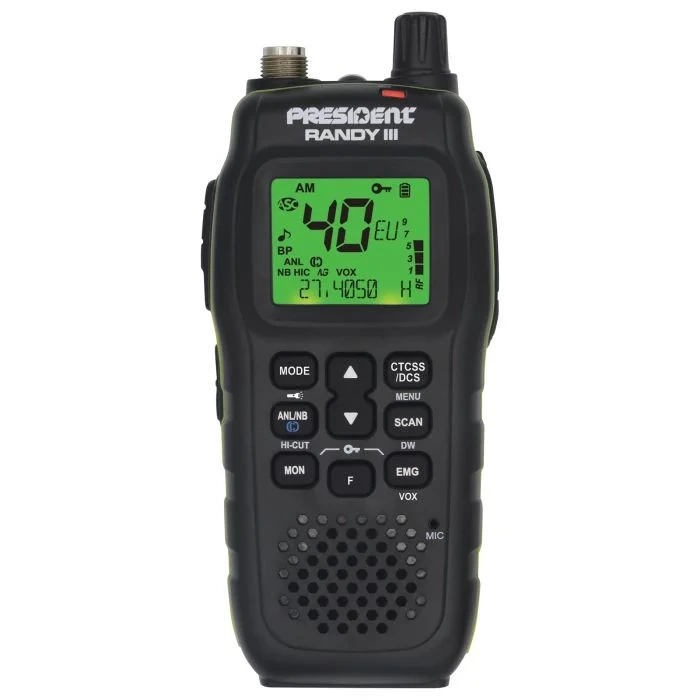
Despite the existence of mobile phones, the Internet, and satellite communications, CB radio has still survived. It endures thanks to its independence, simplicity, and the sense of community among radio enthusiasts. Particularly in times of crisis or in rural areas—when mobile communications fail—CB radio can bring its advantages into play.
Today's CB radio equipment is more compact and flexible, and often equipped with digital features. Technological advancements are evident through integrated VOX systems, channel scanners, built-in SWR meters, and modern microphones. Antenna setup and power supply have also become simpler—many newcomers now opt for portable configurations, including mobile devices, high-performance station antennas, and compact power supplies.
A Medium with a History and a Future
Over the past fifty years, CB radio has undergone remarkable development — evolving from a system with just a few channels and simple technology into a vital communication tool with impressive coverage and diversity. It endures to this day, thanks not only to technology but more so to the people who use it: the "radio enthusiasts" who connect via radio waves with passion, hands-on skills, and a strong sense of community.
